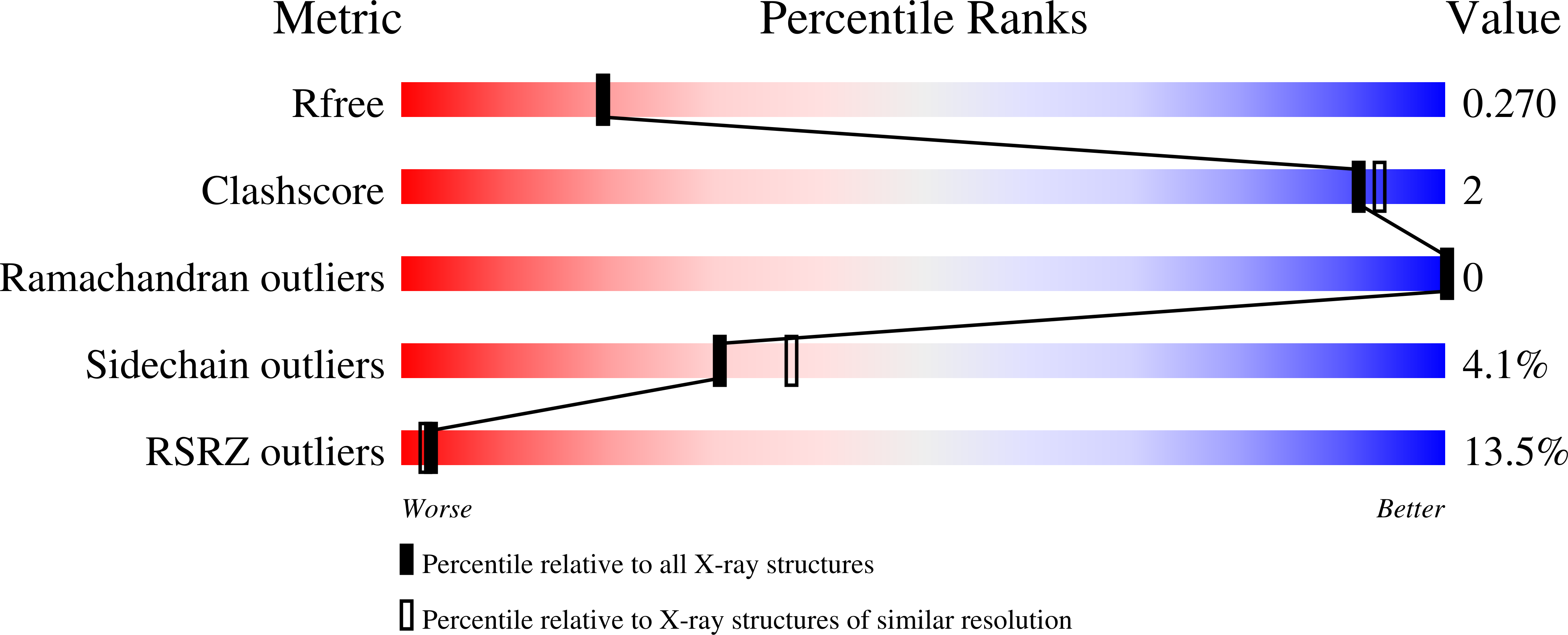
Deposition Date
2023-04-14
Release Date
2023-07-05
Last Version Date
2024-05-01
Entry Detail
PDB ID:
8SHJ
Keywords:
Title:
Crystal structure of the WD-repeat domain of human WDR91 in complex with MR45279
Biological Source:
Source Organism:
Homo sapiens (Taxon ID: 9606)
Host Organism:
Method Details:
Experimental Method:
Resolution:
2.21 Å
R-Value Free:
0.25
R-Value Work:
0.21
R-Value Observed:
0.21
Space Group:
P 21 21 21


